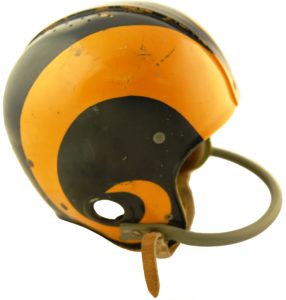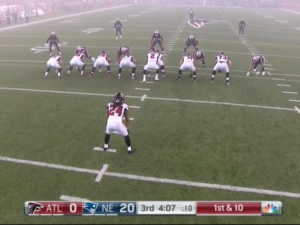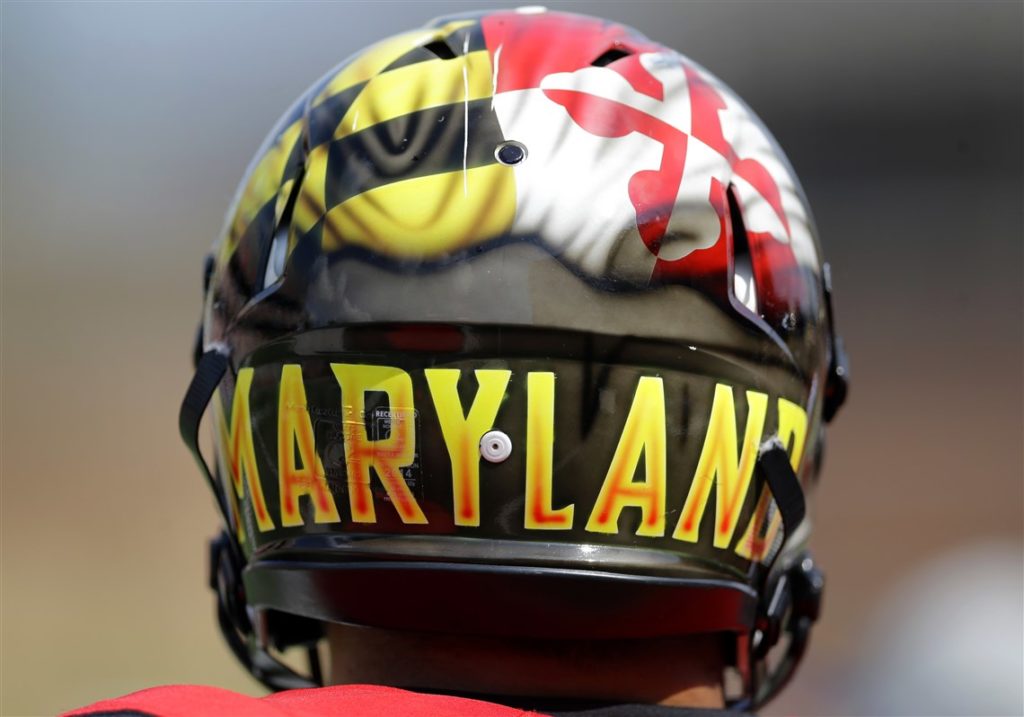Note: my advice and story in this post come from obtaining my motorcycle license in California. The laws and process for obtaining a license in other states may vary but my advice about the fundamentals of riding a motorcycle remain the same no matter where you are.
So you want to ride on two wheels, huh? Motorcycling is an amazingly fun but potentially risky activity. And that includes riding a scooter too.
One summer when I was in Idaho with my family, my brother and I decided to pursue getting our motorcycle licenses. We looked into the classes put on by the Motorcycle Safety Foundation (@MSF__USA) and signed up for one in Alameda, CA. We had to get up at the butt crack of dawn but it ended up being worth it. Turning on the motorcycles for the first time and idling there on the huge, empty, chilly parking lot was an incredible feeling. It only got better when we started weaving around cones and performing quick stops.
Let me back up for a second. The Motorcycle Safety Foundation, or MSF as it is popularly known as in the motorcycling world, is the first place to start when thinking about riding a motorcycle or scooter. Many people are tempted to buy the vehicle first and then pursue the license after. That is the wrong way to approach motorcycling. Buying the motorcycle before properly learning how to ride is wrong for several reasons:
- You don’t know how to ride a motorcycle so therefore you cannot properly test ride any motorcycle you want to buy
- If you have never driven a motorcycle yourself, how do you know that you really want to ride one? It can be scarier than you think.
- No. Just don’t do it that way. Trust me.
Riding a motorcycle is a fundamentally different activity than driving a car. Modern cars are extremely easy to drive. There is no manual transmission to fuss with. There is virtually no movement required to direct the car down the road. All cars have fancy climate control systems to ensure that the weather outside the vehicle has almost no affect on the driver (until the weather becomes severe, of course). Cars are enormous, heavy objects with lots of tire area contacting the ground relative to motorcycles. Most of them are very safe to drive and have incredible safety features to protect the occupants during accidents. Motorcycles are light, small, quick, hard to see, exposed to the elements, and have zero protection for the driver in the event of an accident. Riding a motorcycle requires 100% of your focus 100% of the time the vehicle is on the road. The second you let your focus slip for any amount of time, you dramatically increase the chances that you will not be able to properly react in the event that something on the road becomes a hazard. In a car you can practically take a nap and you’ll get to your destination without incident. If you are not prepared to make this commitment to focus or are physically unable to devote this kind of concentration, I suggest you immediately stop pursuing your motorcycle license.
Because of the differences between riding a motorcycle and driving a car, you need to learn how to ride a motorcycle and not just practice riding. MSF is the best way to do this because they will give you a solid foundation of motorcycling knowledge to build on top of. Most MSF classes involve one day in the classroom and two days on a motorcycle. You must first pass a written test which is given to you at the end of the classroom session and then you must pass a driving test at the end of the outdoor sessions. You can check out the Motorcycle Operator Manual which is provided by the MSF to get an idea about what kind of material is covered in the classroom and out of the lot. If you manage to pass both of these tests, you are presented with a certificate and a card. The certificate allows you to go to the DMV and take a written test to obtain your M class license to legally ride a motorcycle. The MSF card gives you discounts at lots of motorcycle shops, some insurance agencies, and other nifty places. This is huge because when I bought all of my gear (Gloves, boots, pants, jacket, back protector, helmet, warm underclothing, and other accessories) the price tag was big. Taking a (one-time) 10% MSF discount off of that bill at Cycle Gear (@CycleGear) is a considerable amount to save. You will need to buy gloves and boots for your MSF riding classes. A helmet will be provided for you. Don’t buy anything more than gloves and boots, and don’t go super fancy on the gear. You have no idea yet if you really want to buy and ride a motorcycle yet. Wait until you can get your license and that MSF discount to buy the majority of your riding gear.
After you are done with MSF and you have your M class license, you are almost ready to purchase a bike. At this point in your motorcycling career, you still absolutely suck at riding a motorcycle. You first need to do some more studying before you are ready to go ride some strangers motorcycle, or even your friend’s. You might think I am joking about reading books to learn how to ride a motorcycle but I cannot stress the importance of these books enough. While the MSF course is crucial to learning how to ride, the books I recommend cover so much more material that you would never know otherwise. There are 2 books that I consider the bibles of learning how to ride a motorcycle. The first is titled Proficient Motorcycling: The Ultimate Guide to Riding Well by David L. Hough. This book discusses how to safely and smartly ride a motorcycle. It covers all types of riding situations and applies to every type of rider. I seriously recommend reading this book cover to cover. The next book is called Sport Riding Techniques: How to Develop Real World Skills for Speed, Safety, and Confidence on the Street and Track by Nick Ienatsch. While this book covers a more advanced and specific type of riding style (riding a sport bike), it is invaluable in understanding what is happening when you ride real world conditions. It also covers track racing so you can skip anything that gets too technical.
After you are done reading those books, and hopefully reviewing the notes you took while reading, you should have a pretty decent understanding of how to ride a motorcycle. One last thing I recommend is hopping on YouTube and searching for ‘how to pickup a motorcycle‘. At some point in your riding career, you or someone you are with will drop a bike. While motorcycles are relatively light vehicles, they are still extremely heavy and hard to lift. Understanding how to pickup a motorcycle will allow you to turn a disastrous situation into simply a bad one.
Now that you have a solid foundation of knowledge, you’re going to need to cement that knowledge into your head by riding a motorcycle. You want to either find a friend with a bike or shop around on Craigslist/Ebay for used rides. It is discussed in the MSF course but you will want to consider what type of motorcycle you want and how much power you need. People who purely ride around a city probably don’t want a big 500 cc motorcycle and someone who plans to eventually do lots of highway traveling probably won’t want a small 250 cc ride. Understanding how much power you need and can handle is important.
If you plan on buying your own motorcycle, it is recommended that your first one should be a used bike. Motorcycles lose a lot of their original value the second you roll it off the lot. You want to be sure you will ride your motorcycle before you make a big investment. Also, beginners are likely to make mistakes. Your bike might drop once or twice, you might ding mirrors when lane sharing, or you might slide out on slippery surfaces. All of these are very real possibilities for even experienced riders and it’s better for one of these things to happen to a used bike than a bike in pristine condition.
When buying a used motorcycle, there is a guide available online which covers absolutely every aspect of inspecting used motorcycles. This guide is called the Used Motorcycle Evaluation Guide and it’s written by Adam Glass. Before you go to look at your first bike, give this guide a thorough read. You want to be familiar with the different parts of a motorcycle and what could be out of place. Once you are actually looking at a bike and giving it a test ride, any ability you previously had to make sound judgments completely flies out the window. You will want to buy that first bike regardless of how much it costs and how bad of a condition it is. Do not buy the first bike you test ride. Even if the motorcycle is in perfect condition with a great price tag, hold off. Go home and sleep on the decision. Better yet, test ride at least 3 motorcycles before you make the decision to purchase. Trust me, you will be so much happier in the long run if you shop around.
After buying a motorcycle, you’re ready to ride! Make sure you always have your license, registration, and insurance on your bike at all times. Forgetting that stuff will get you in a boat load of trouble. Before you go willy-nilly on your motorcycle, remember that you still suck at riding the thing. Chances are that it’s been a few weeks since you completed the MSF course so you will need to find an open space (parking lot) to mess around in. Go to that parking lot and do the following:
- Practice accelerating from a stop, shifting from 1st gear to 2nd and then up to 3rd while traveling in a straight line.
- Practice coming to a complete stop and accelerating again like you would at a stop sign.
- Learn the limits of your bike’s braking power by traveling at a constant 15 MPH in a straight line and then stopping rather quickly. Don’t stop using a full 100% of your braking power the first time. Start at 50% power and move gradually to 100%. After you understand how your bike behaves under heavy braking, up the speed from 15 MPH to 20 MPH. Repeat this exercise until you can safely come to a quick stop from 40 MPH. (At some point in your motorcycling career, not right away, you will want to perform this exercise from a full 65-70 MPH. Stopping quickly on the highway is one of the scariest things you will ever do. If you can do it well, it will save your life and your motorcycle)
- Set up some cones or other markers on the pavement and practice U-turns until they are easy. Be sure you can U-turn to your right as well as your left.
- Arrange two cones or markers in an offset pattern so that you can practice sudden turns around them. The first cone should be placed far enough in front of the vehicle to accelerate to 2nd or 3rd gear. The second cone should be placed farther back from the first cone and several paces to the left or right. The idea is that these turns should be quick, short maneuvers to both the right and the left to practice avoiding non-moving obstacles. An illustration of the maneuver is pictured here.
- Practice maneuvering through the parking lot while using your horn.
- You may need a few friends to help with this next exercise: Lay down a bunch of towels on the ground and gently lower your bike onto the towels like it just fell over. Now practice lifting the bike using your own power. (see YouTube for proper lifting instructions) Note: this activity can potentially harm the body of the bike. Use extreme care while performing this one.
Be sure to run through this list in an empty parking lot once every 3-6 months. That might seem like a short period of time but I can’t stress enough how important it is to have solid motorcycling fundamentals burned into your brain. Remember: when you are in an emergency situation, your reaction will default to your lowest level of training.
That’s about all the advice I have for new riders. One of the keys to a healthy motorcycling career is understanding that it is a risky activity. Although you cannot control the risk that exists on the roads, you can take steps to minimize that risk. Every effort you make to lessen that risk increases your chances of avoiding trouble.
P.S.- If you ride motorcycles and have any advice you feel is missing from this post, PLEASE let me know! I would love to make this post as comprehensive as possible. You can reach me on Twitter at @Magnuson. Thanks!




